Walking into Mantua’s Ducal Palace felt like stepping through a portal to the Italian Renaissance. The morning sun cast golden light across the elaborate facades as I entered the sprawling complex that once housed the powerful Gonzaga family.
The Ducal Palace offers visitors an incredible journey through Renaissance splendor. Its magnificent rooms are connected by corridors and galleries showcasing masterpieces of art and architecture.
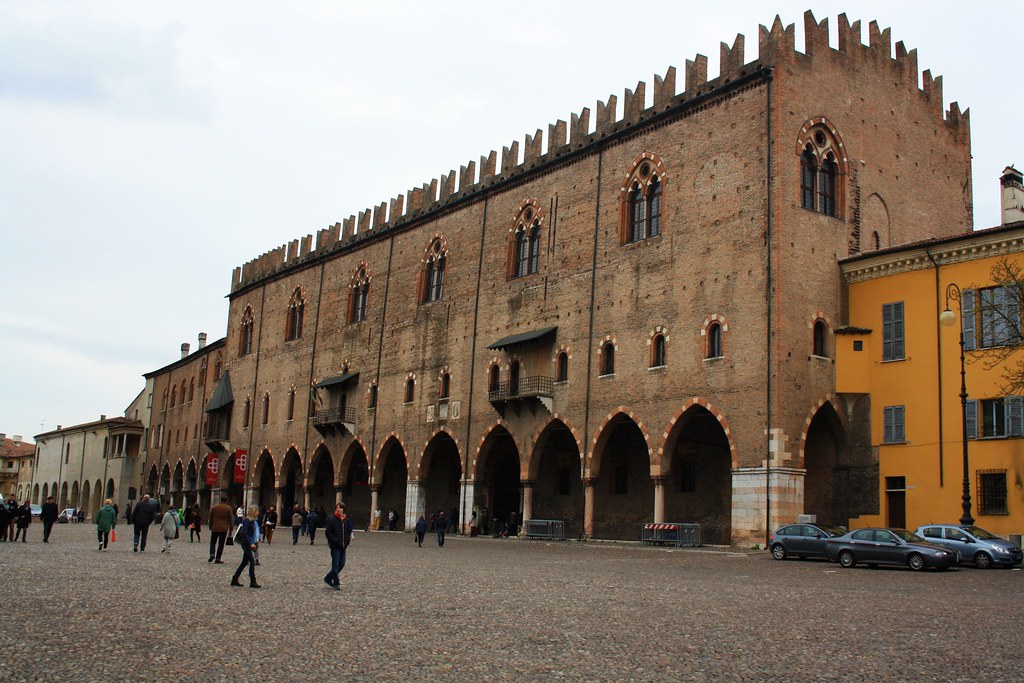
Image Source: Flickr
What struck me most was the contrast between the palace’s imposing exterior and the intricate beauty inside. Each room tells a story of power, wealth, and artistic patronage. I wandered through lavishly decorated chambers, my eyes drawn to restored ceiling frescoes and newly acquired artworks that the museum has carefully preserved.
For anyone planning a visit to northern Italy, Mantua deserves a spot on your itinerary. The city’s Renaissance treasures extend beyond just the Ducal Palace to Palazzo Te on the outskirts of the old town. Both buildings reflect the vision and ambition of the Gonzaga dynasty who transformed this small city into a cultural powerhouse.
A Journey Through Mantua’s History
Walking through Mantua feels like stepping into a Renaissance painting come to life. This elegant Italian city boasts a rich past deeply intertwined with one powerful family who transformed it from a modest town into one of Italy’s most significant cultural centers.
The Gonzaga Dynasty’s Rise
The Gonzaga family’s story begins in the 14th century when they seized control of Mantua from the Bonacolsi rulers. What started as local leadership soon blossomed into European prominence through strategic marriages and political savvy.
Francesco II Gonzaga married Isabella d’Este in 1490, bringing one of history’s greatest art patrons to Mantua. This power couple helped cement the family’s position within the Holy Roman Empire’s complex political landscape.
The Gonzagas ruled Mantua for nearly four centuries (1328-1708), gradually expanding their territory and influence. They earned official recognition as dukes in 1530, validating their status among Europe’s elite families.
What impressed me most was how this family transformed their political power into lasting cultural significance through architecture and art patronage.
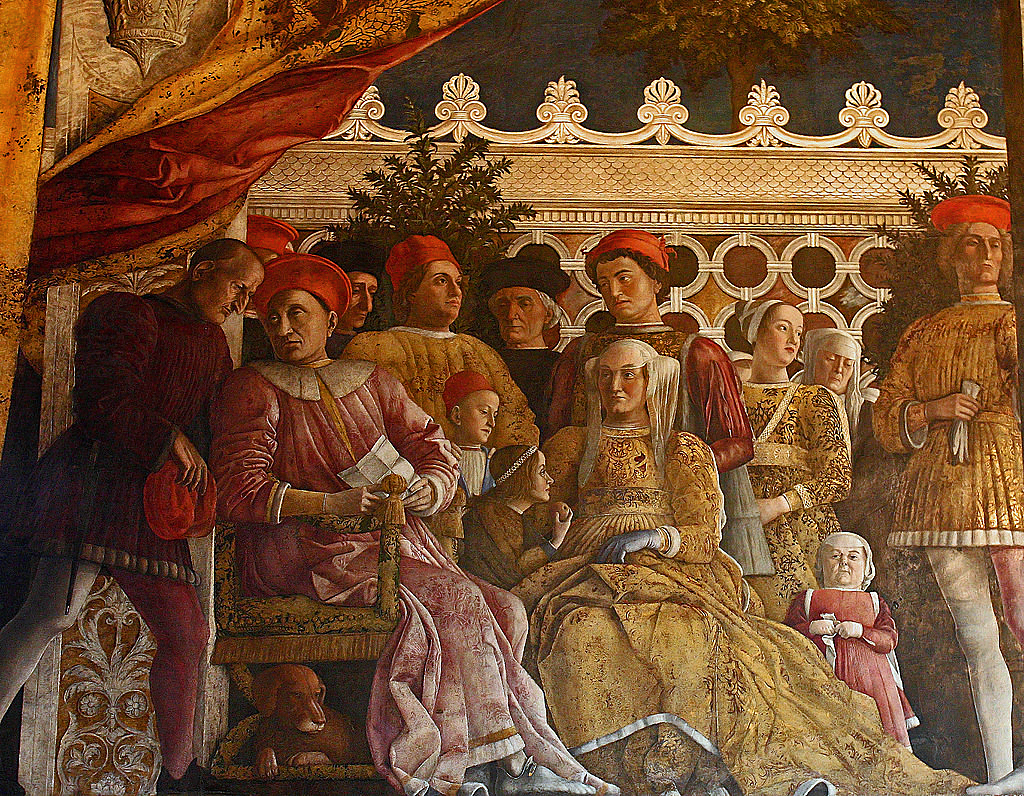
Image Source: Flickr
Mantua: A Cultural Hub of the Renaissance
Mantua’s golden age coincided perfectly with the Italian Renaissance, becoming a magnet for the period’s greatest talents. The Gonzagas poured their wealth into creating a city that would rival Florence and Venice.
Artists like Andrea Mantegna lived in Mantua for decades, creating masterpieces like the Camera degli Sposi with its revolutionary ceiling fresco that creates the illusion of an open sky.
The family commissioned works from Raphael, Titian, and other renowned artists. They employed architects who designed innovative urban spaces and stunning buildings throughout the city.
Literature flourished here too. Poet Virgil was born near Mantua, and the court attracted writers like Baldassare Castiglione, who wrote “The Book of the Courtier” based on his observations of Mantuan court life.
Walking through the Ducal Palace, I saw how the city became a laboratory for Renaissance ideas, combining art, science, and humanist thinking in remarkable ways.
Exploring the Ducal Palace
Walking through the Ducal Palace in Mantua feels like stepping into a Renaissance dream. This massive complex houses over 500 ornate chambers filled with art treasures that showcase the power and refined taste of the ruling Gonzaga family.
Architectural Marvels of the Palazzo Ducale
The palace sprawls like a small city within the city. I was immediately struck by how the building seamlessly blends different architectural styles from various periods. Gothic arches flow into Renaissance symmetry as I wandered through interconnected courtyards and gardens.
The most impressive space I discovered was the vast Sala dei Fiumi (Hall of Rivers), where the ceiling soars overhead. Each corridor seemed to lead to another surprise – a hidden garden, an intimate chapel, or a grand reception hall.
What makes this palace unique is how it evolved organically over centuries. Unlike many Renaissance palaces built all at once, the Ducal Palace grew with each generation of Gonzagas, resulting in a fascinating architectural puzzle.
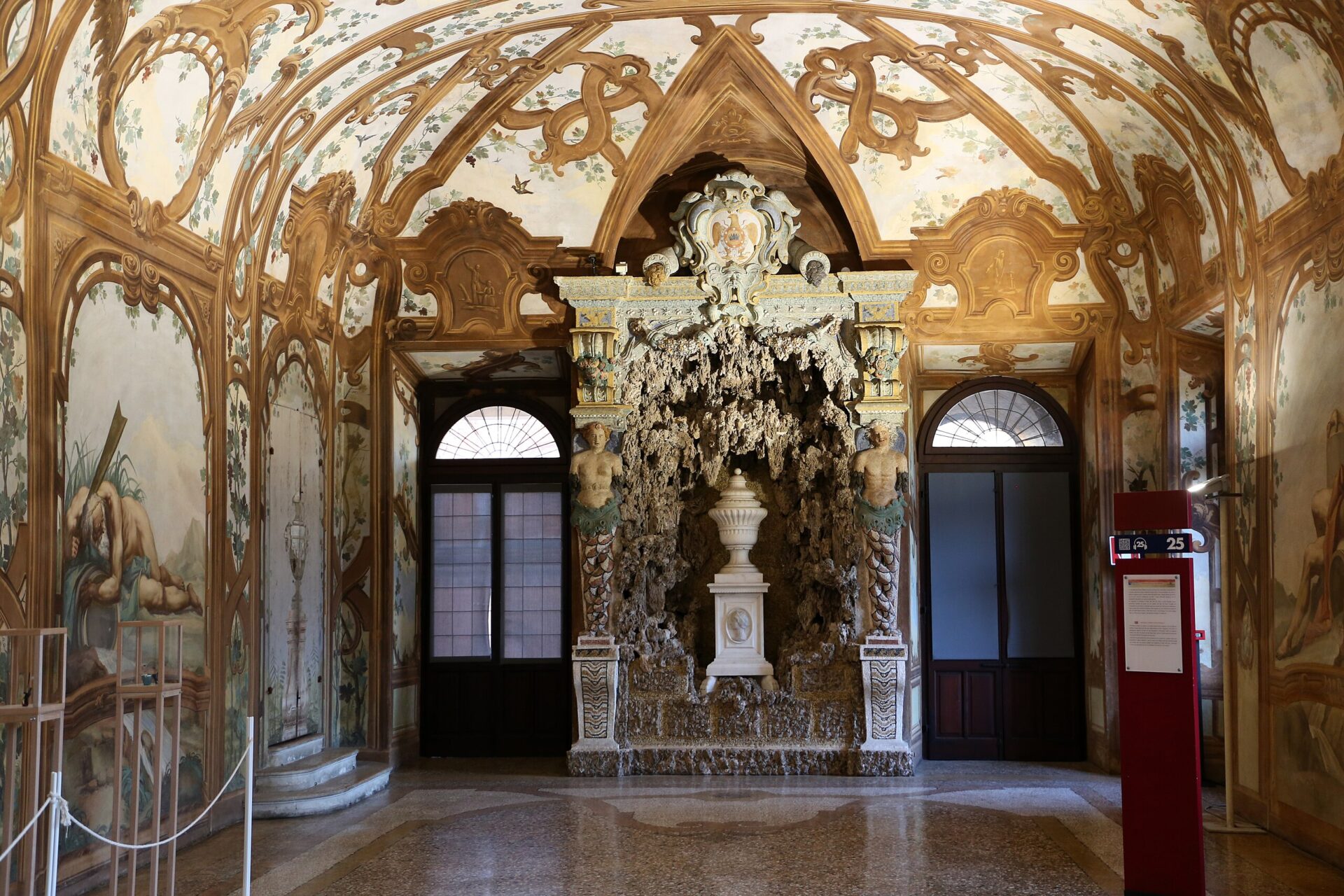
Image Source: Wikimedia Commons
The Famed Frescoes: A Visual Feast
The true treasures of the palace are its incredible frescoes. The most famous room is the Camera degli Sposi (Bridal Chamber), painted by Andrea Mantegna. I spent nearly thirty minutes just staring at the ceiling’s illusionistic oculus that seems to open to the sky above.
Mantegna’s work here shows remarkable innovation. The painted scenes create optical illusions that make flat walls appear three-dimensional. His frescoes show the Gonzaga family in detailed court scenes that give us a window into Renaissance life.
In Palazzo Te, the summer villa, I was mesmerized by Giulio Romano’s more sensual and dramatic frescoes. The Room of the Giants, with its swirling, collapsing architecture, made me feel I was witnessing the fall of ancient gods.

Artistic Patronage and Religious Devotion
The Gonzagas were incredible art patrons who used their wealth to attract the greatest artists of their day. Walking through the palace rooms, I saw how they collected masterpieces from Raphael, Titian, and Rubens.
Religious devotion is evident in the palace’s private chapels. The most beautiful is the Blue Room chapel with its azure ceiling dotted with golden stars. During the Counter-Reformation, the Gonzagas emphasized their Catholic piety through commissioned religious art.
I was particularly moved by the small but exquisite Santa Barbara Chapel, where the family worshipped privately. The blend of political power and spiritual devotion creates a fascinating tension throughout the palace. Artifacts from different periods show how the family’s relationship with religion evolved over generations.
Mantegna’s Masterpiece: The Camera degli Sposi
Walking into the Camera degli Sposi was truly a breathtaking moment. Located on the first floor of a northeastern tower in the Ducal Palace’s private section, this room is often called the most beautiful room in the world—and now I understand why.
Andrea Mantegna created these stunning frescoes between 1465 and 1474. The name “Camera degli Sposi” means “Bridal Chamber,” though it was actually used as a reception room by the Gonzaga family.

Image Source: Flickr
What struck me most was how Mantegna decorated all four walls with a unified design. The room features incredible portraits of the Gonzaga family going about their daily court life. These aren’t just paintings—they’re windows into Renaissance aristocratic society.
The ceiling took my breath away! Looking up, I saw an amazing trompe l’oeil oculus with painted cherubs peering down from a fake balustrade. It creates an incredible illusion of open sky above.
The eastern and northern walls have actual windows, which Mantegna cleverly incorporated into his design. His attention to detail makes the painted architecture seem to extend the real space of the room.
The frescoes show the Gonzaga family in various scenes—the marquis with his wife, children, and courtiers. These aren’t just formal portraits but intimate glimpses of Renaissance court life.
Also known as the Camera Picta (“Painted Chamber”), this masterpiece showcases Mantegna’s genius for perspective and realism. The artist’s use of light and shadow creates a three-dimensional effect that was revolutionary for Italian art of this period.
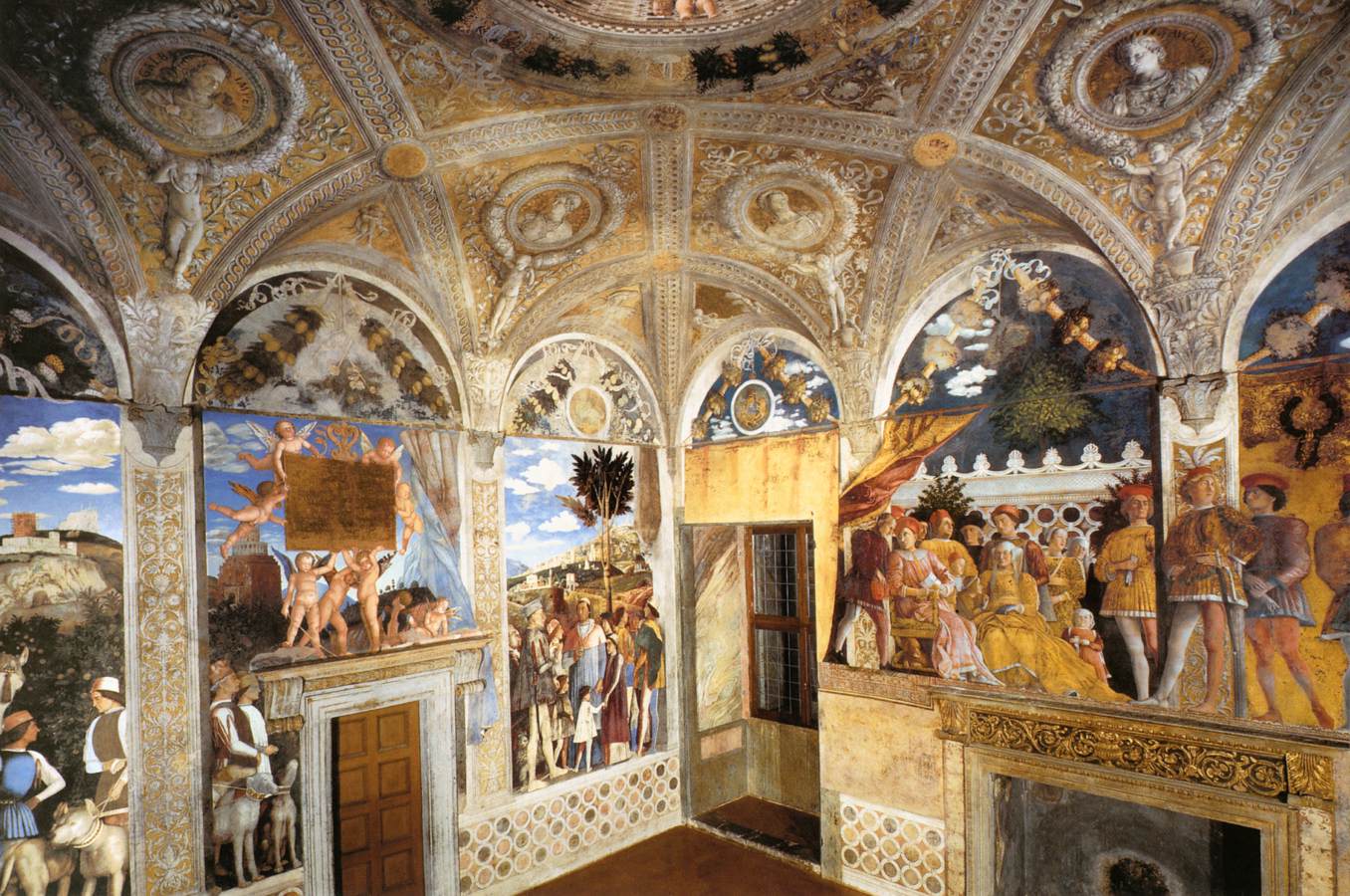
Beyond the Palace Walls
The magnificence of Mantua extends far beyond the opulent rooms of the Ducal Palace, inviting visitors to discover Renaissance beauty in outdoor spaces and nearby architectural treasures.
The Enchantment of Mantua’s Courtyards and Gardens
Stepping into the palace courtyards feels like entering secret worlds hidden from the bustling city. The Garden of the Simple offers a peaceful retreat with its geometric patterns and fragrant herbs that once served both ornamental and medicinal purposes.
I wandered through the Courtyard of Honor, where Renaissance proportions create a perfect harmony of space and light. The elegant colonnades frame views of the sky, creating dramatic shadows that shift throughout the day.
From the palace terraces, I enjoyed breathtaking panoramic views across Mantua’s three artificial lakes. The city’s unique position surrounded by water creates a magical atmosphere, especially during sunrise when the morning mist hovers over the surface.
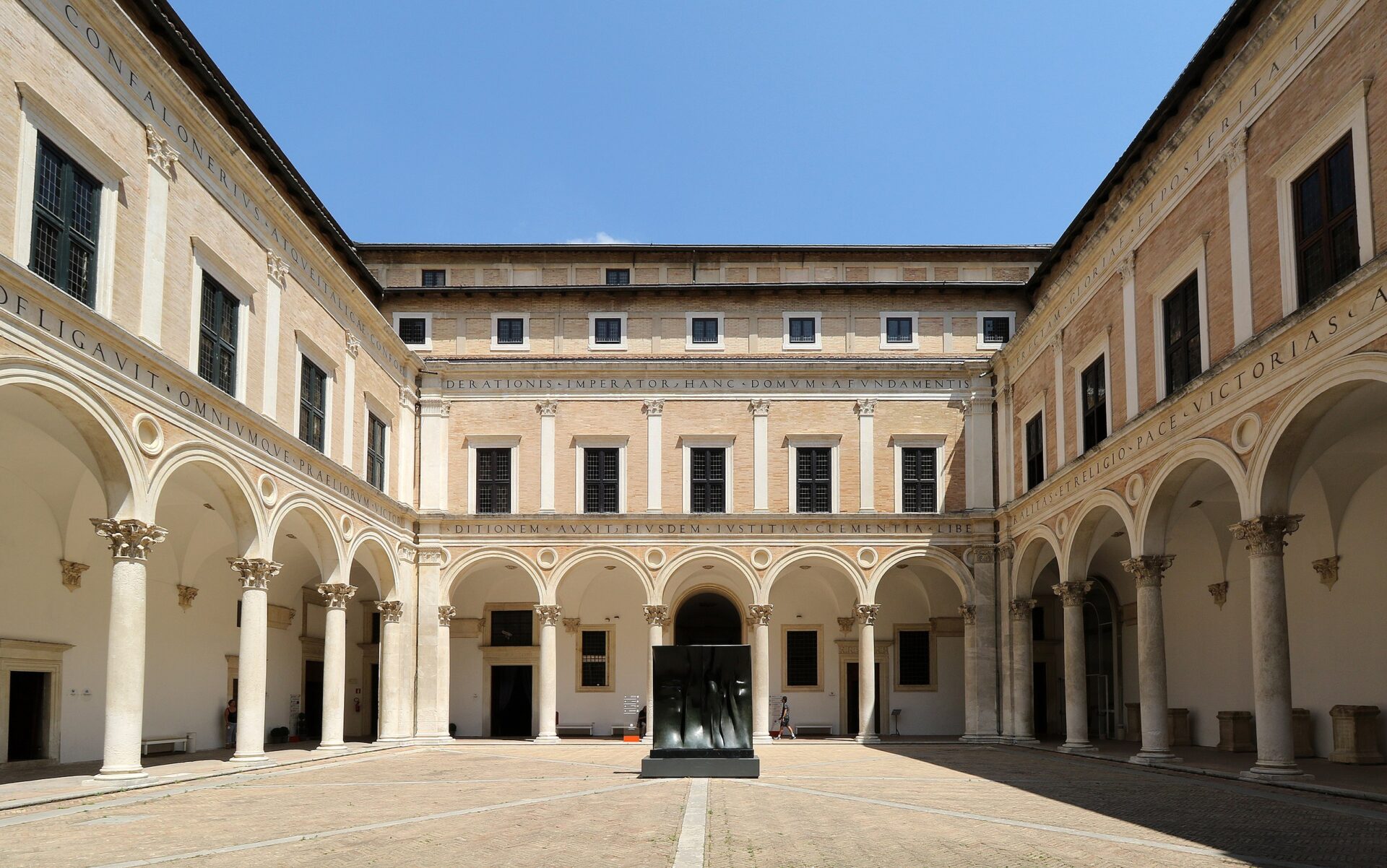
Image Source: Wikimedia Commons
Palazzo Te: A Haven of Mannerist Art
Just a short walk from the city center stands the remarkable Palazzo Te, arguably Mantua’s most striking architectural achievement outside the Ducal Palace. Built for Federico II Gonzaga in the 1520s, this pleasure palace was designed by Giulio Romano as an escape from court formalities.
The building’s relatively modest exterior gives no hint of the astonishing artistry within. The Room of the Giants left me speechless with its immersive frescos depicting a chaotic scene of falling Olympian gods that extends across walls and ceiling without interruption.
Unlike the Ducal Palace’s formal grandeur, Palazzo Te embraces playful Mannerist elements. Romano deliberately included architectural “mistakes” like slipping triglyphs and uneven spaces, creating a sense of artistic rebellion against classical rules.
The stunning Loggia of David provides a perfect conclusion to any visit, with its harmonious proportions and views of what was once an extensive garden landscape.
Traveler Insights: Visiting Mantua’s Ducal Palace
The Ducal Palace of Mantua offers an extraordinary journey through Renaissance history, with its labyrinthine layout and stunning artistic treasures. During my visit, I discovered some helpful tips that can make your experience more rewarding.
Planning Your Own Guided Tour
Walking through one of Europe’s largest historical residences without guidance can be overwhelming. I strongly recommend booking a private guided tour to fully appreciate the palace’s rich history. Tours typically last around three hours, giving you enough time to explore the most significant areas.
The palace opens only in the afternoon, so plan your morning activities elsewhere in Mantua’s charming historical center. This timing worked perfectly for me, as I could explore the town’s beautiful squares and churches before my palace visit.
When booking, look for guides who specialize in Renaissance history. My guide’s stories about the powerful Gonzaga Lords who once ruled here brought the palace to life in ways no guidebook could match.
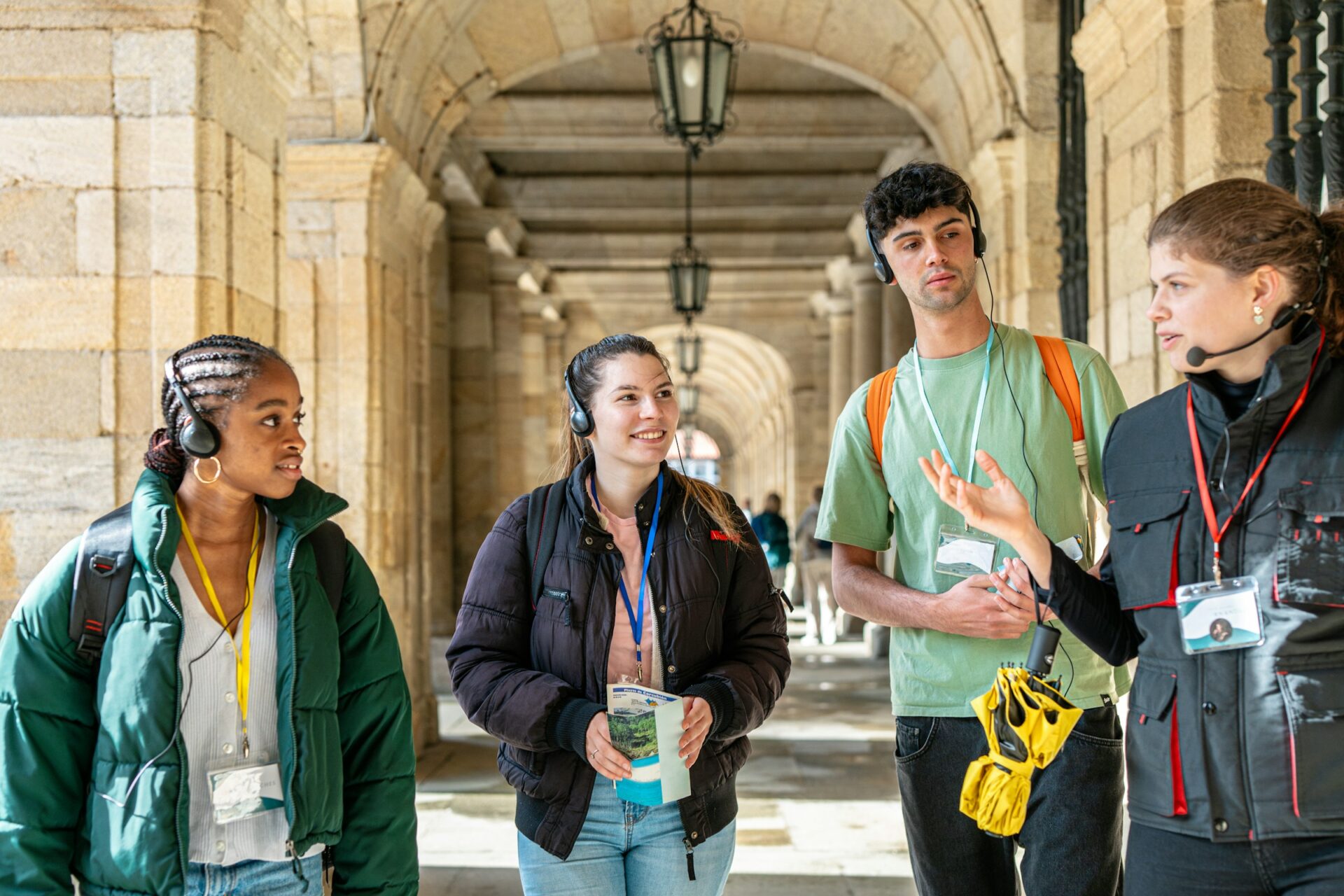
Cultural and Archeological Museums
The Ducal Palace isn’t just a single building—it’s a vast museum complex showcasing Italian history and cultural heritage. The archeological museum within the palace houses remarkable artifacts that tell the story of the region’s past.
As I wandered through the museum halls, I was struck by how the collections complement the palace itself. Ancient artifacts sit alongside Renaissance masterpieces, creating a seamless timeline of Mantuan history.
The museum displays are well-organized with informative plaques in multiple languages. I spent about an hour in this section alone, fascinated by the archaeological treasures that reveal life in ancient Mantua.
Don’t miss the art galleries featuring works commissioned by the Gonzaga family. The paintings provide fascinating context for understanding why UNESCO considers Mantua “a perfect example of Renaissance urban planning.”
Why Mantua Deserves a Traveler’s Choice Award
Mantua remains surprisingly uncrowded compared to Italy’s more famous destinations. This makes the Ducal Palace experience even more special. I could take my time in each room without feeling rushed by crowds.
The town’s commitment to preserving its heritage while making it accessible to visitors impressed me deeply. Helpful staff throughout the palace were eager to answer questions. They enhanced my appreciation of this Renaissance gem.
The interplay between water and earth that defines Mantua is beautifully showcased in the palace’s design and location. Walking along the palace corridors, I caught glimpses of the lakes surrounding the city. This is a unique feature that helped the Gonzagas defend their magnificent home.
Before my visit, I read travelers’ reviews on Tripadvisor. Based on these reviews, I had high expectations. The palace exceeded them all, proving why it consistently receives high ratings from visitors worldwide.

